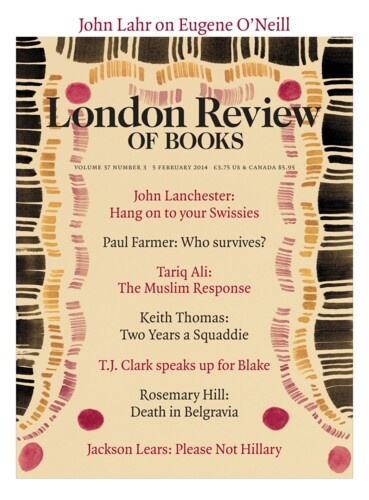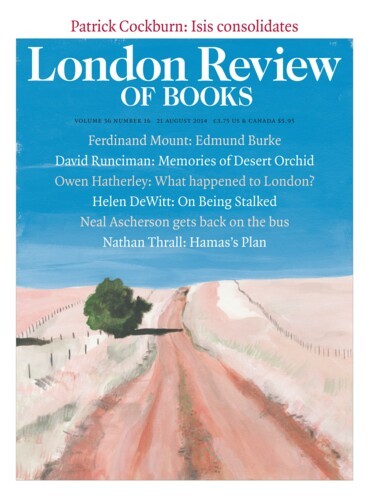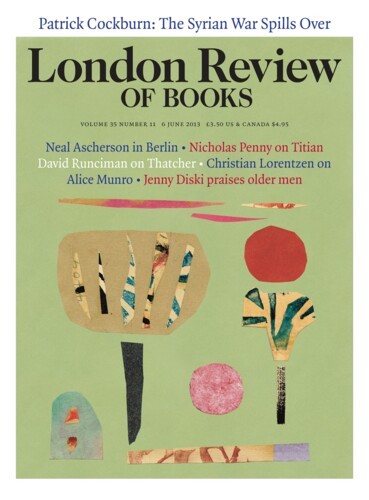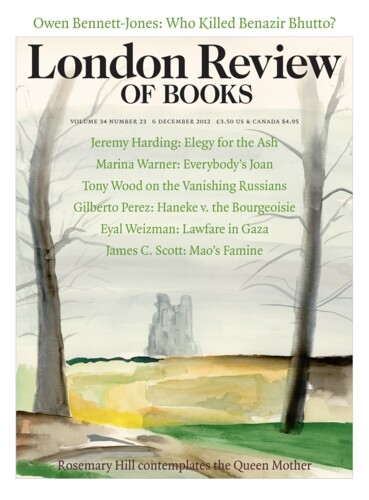First Person: Putin’s Russia
Tony Wood, 5 February 2015
Nearly five thousand people have been killed in eastern Ukraine since April 2014; according to Ukrainian government figures, 514,000 have been internally displaced by the fighting, with another 233,000 applying for refugee status in Russia (9000 have sought asylum in the EU). Peace talks over the fate of the Donetsk and Lugansk regions have so far been fruitless, and the ceasefire nominally...





